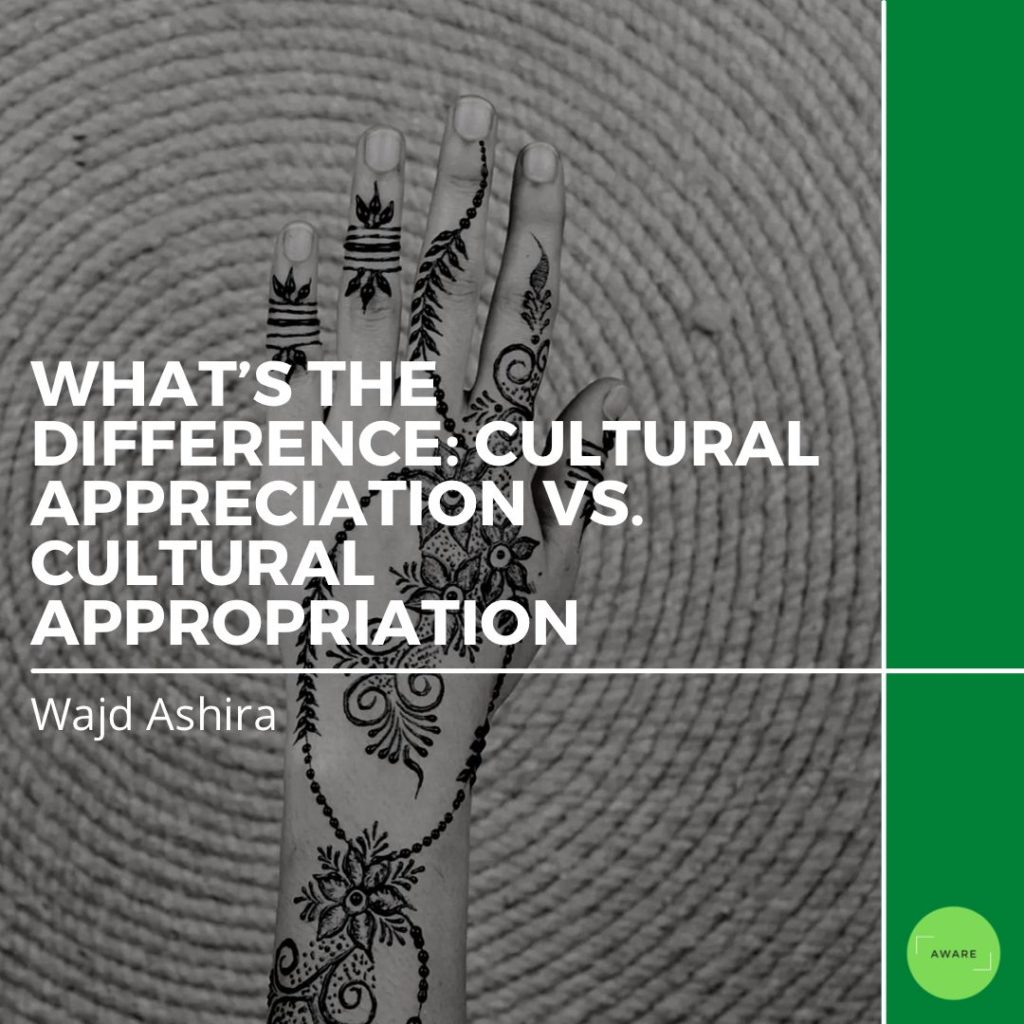Cultural appreciation and cultural appropriation are two very significant terms that have “canceled” celebrities on social media. Unfortunately, many still cannot distinguish between the two terms and their differences and how cultural appropriation is detrimental to the materialist and mental wellbeing of the community that is being appropriated. When an aspect of a certain culture is appropriated, that could potentially perpetuate a negative stereotype towards that culture, undermining its value. Hence, avoiding cultural appropriation is very important at all costs. This article will tackle the difference between cultural appropriation and cultural appreciation and how it affects the mental health of certain community members.
Cultural Appreciation
Cultural appreciation is defined as the desire of a certain group of people to further understand and learn about another culture to augment or increase their cross-cultural knowledge. Appreciation can lead to the interconnectivity of multiple cultures. Appreciating a culture means you have permission or consent to use aspects of the culture for learning more about the culture and not for personal gain. Also, you should make sure that the voices of that community are being heard, so you should ensure that you are not speaking over them, but you are rather speaking for them. You should always seek an explanation for various symbols that are presented in a certain culture to avoid any misunderstanding that can lead to cultural appropriation. For example, if there is an African artist that is selling designs that portray their culture, then you should buy it directly from them and understand the meaning of the design itself. However, if you decide to sell that design for a higher price, then that would be cultural appropriation.
Cultural Appropriation
Cultural appropriation is when a certain group adopts a major element of the culture of a marginalized community and uses it for personal gain or even economic reasons. In other words, when you appropriate a culture, you are basically exploiting it or taking advantage of it without recognizing its deep-rooted value. Furthermore, cultural appropriation gives room for people to ignore the actual significance of the culture itself and use it as an aesthetic to please themselves. For instance, a very prominent example is the keffiyeh that Louis Vuitton used as a wrap-up blue scarf. They blatantly stole an important element of the Palestinian culture, the keffiyeh, and framed it as a fashionable neck scarf. This is completely unacceptable since Louis Vuitton simplifies this intricate symbolic piece to a materialist and costly commodity that can only be bought by the upper class. It immensely demolishes the emblematic meaning of the keffiyeh, which is the liberation of Palestine and the unity of all Palestinian people regardless of how scattered they are across the globe.
The Impact of Cultural Appropriation on Mental Health
If a certain culture is being appropriated, then that would take a huge toll on the wellbeing of its members. As a result of all the stereotypes and negative preconceived notions, the self-worth of the community members would vastly decrease. Professor Stephanie Fryberg at the University of Michigan spent years studying how stereotypes about Native Americans affect their mental health. She concluded that any mascot that culturally appropriated Native American symbols significantly decreased the sense of esteem of the community, as well as their desire to make their voices heard. Likewise, there are a countless number of times where the West has appropriated the Arab culture in which Arabs felt very discouraged to speak on the issue and address it. Due to cultural appropriation, Arabs have been excessively excluded with no sense of belonging. An example of Arab cultural appropriation would be when Western influencers wear the thawb just for Instagram posts.
